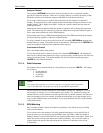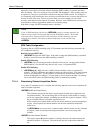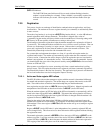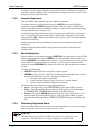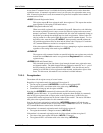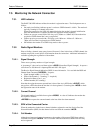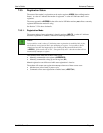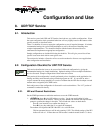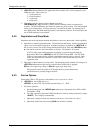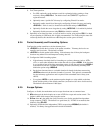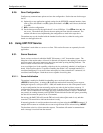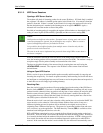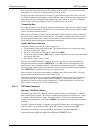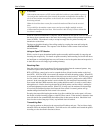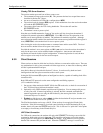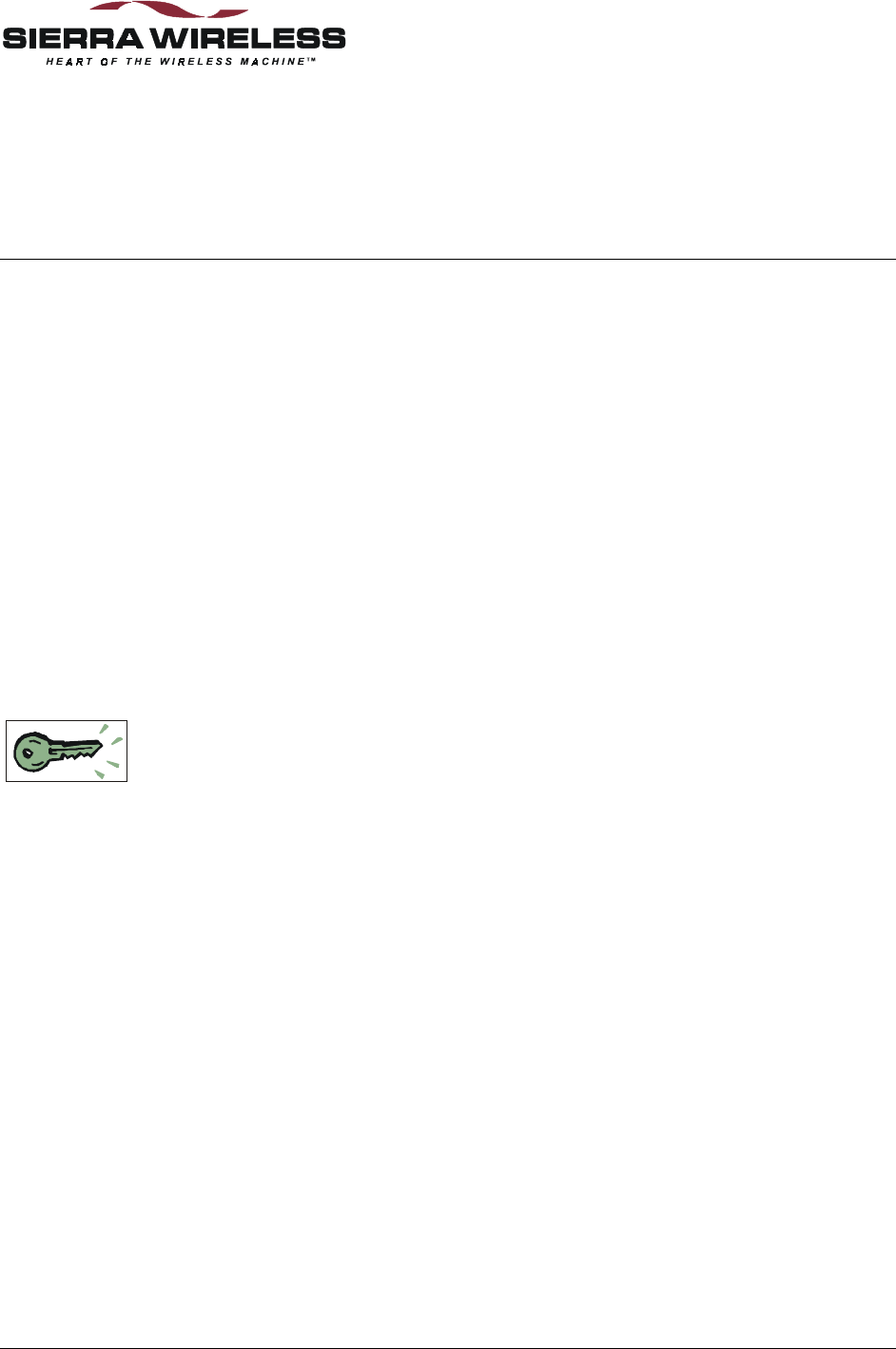
2110212 Rev 1.0 Page 63
Configuration and Use
8. UDP/TCP Service
8.1. Introduction
This section covers both UDP and TCP modes since both use very similar configurations. Given
the same configuration, their operational behaviour will vary slightly based on the features of the
specific protocol as described earlier.
There is a checklist of issues to ensure the configuration covers all required elements. It includes
recommended settings for typical PAD installations as well as discussion of handling more
complex implementations. You should be familiar with the features discussed above to
understand and implement an appropriate configuration.
Sample configurations are included following the checklist. This will give you an idea of how
specific issues were dealt with in some typical cases.
The section also includes a discussion of how to use the modem for client or server applications
after configuration and installation.
8.2. Configuration Checklist for UDP/TCP Service
This section describes the issues to be covered in a PAD mode configuration by giving the
recommended settings for simple installations. Optional settings for more complex installations
are also discussed. Sample configurations follow in the next section.
This portion of the configuration is usually performed prior to installation at the application site.
Settings are likely made manually using a terminal program on a PC. It is possible to write a
script to execute the set-up repeatedly on a series of modems but the NEI must be unique on each
modem and as assigned by the CDPD carrier.
Each subject area of the configuration is discussed in a sub-section below. The “AT” portion of
commands is omitted for brevity.
8.2.1. NEI and Channel Restrictions
Set the CDPD parameters to enable the modem to access the CDPD network.
1. +WPNEI=ip where ip is the NEI address to assign. You do not need leading 0s in the
individual elements of the address. When you press <enter> the modem will respond with a
prompt to confirm the change in the table. The old and new values are both shown.
Press Y (case insensitive) to confirm the change, or
Press N (or any key other than Y) to cancel the command.
The modem will respond with OK if the NEI is in a valid IP form.
This has presumed that you will be only entering 1 NEI. The default settings of the NEI
indices are left at 1. If more than one NEI account is needed consult Section 7.1 above.



